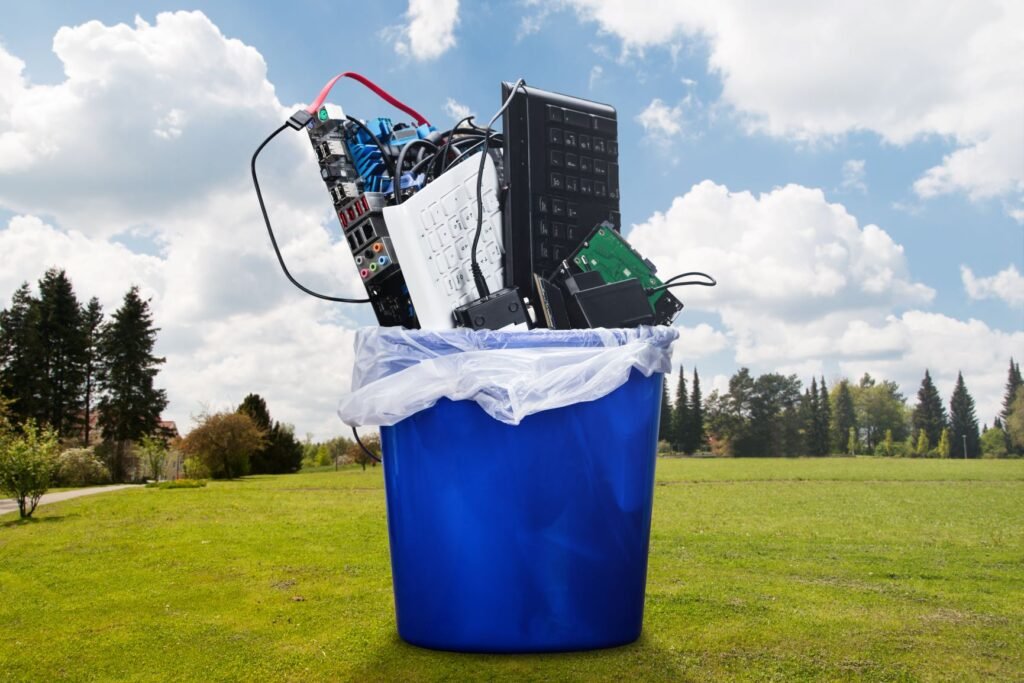On October 29, 2020, the Environmental Management Bureau (EMB) of the Department of Environment and Natural Resources (DENR) of the Philippines announced that they are preparing WEEE regulations based on Extended Producer Responsibility (EPR). The generation of WEEE has been increasing in Philippines, with a total of 32,664.41 tons of WEEE generated in 2019.
In the Philippines in the past, WEEE was included as one of the categories in DAO 2004-36, an Administrative Order that regulated the classification and treatment of hazardous waste. The Administrative Order was revised in 2013, and WEEE, which includes toxic metals such as lead, cadmium, mercury, and hexavalent chromium as well as flame retardants such as polybrominated biphenyls and polybrominated diphenyl ethers (PBDE), was also clearly defined as hazardous waste. Now, under the DENR Administrative Order No. 2013-22, generators, transporters, and Treatment, Storage, and Disposal (TSD) facilities of hazardous waste including WEEE must register for the EMB, and record and provide details of each movement of the waste accompanied by the applicable transport permit, manifest or storage record. Applications for registration as WEEE generators, transporters or TSD facilities can be made on the online hazardous waste management system from June 1, 2020. DENR monitors the import and export of hazardous waste through regulatory procedures such as permits and licenses by EMB.
In order to further strengthen the current WEEE management system, EMB Director William Cunado announced that DENR is preparing a draft Administrative Order that will establish technical guidelines for the environmentally appropriate treatment of WEEE. A summary of the Administrative Order is as follows.
Purpose
- To institutionalize the principle of Extended Producer Responsibility (EPR) and encourage the involvement of all agencies and stakeholders concerned with the life cycle of Electrical and Electronic Equipment (EEE).
- To establish a framework for the proper management of WEEE to reduce the amount of WEEE and the hazards posed by its parts. Put a price on used parts and encourage the reuse of used and secondhand EEE.
- Demarcation between used and secondhand Electrical and Electronic Equipment and waste shall be made in a manner consistent with the Basel Convention technical guidelines.
In this context, EMB is currently working on the project entitled Implementation of PCB Management Programs for Electric Cooperatives and Safe E-wastes Management supported by the Global Environmental Facility and the United Nations Industrial Development Organization (UNIDO). Under this project, Integrated Recycling Industries Inc. has been providing technical training support to the local dismantlers and collects WEEE at the project sites: Barangay Longos in Malabon City; Capulong Street in Tondo, Manila; and Camarin Road and Barangay Bagong Silang in Caloocan City.
 Philippines prepares WEEE regulations based on EPR
Philippines prepares WEEE regulations based on EPR 

























